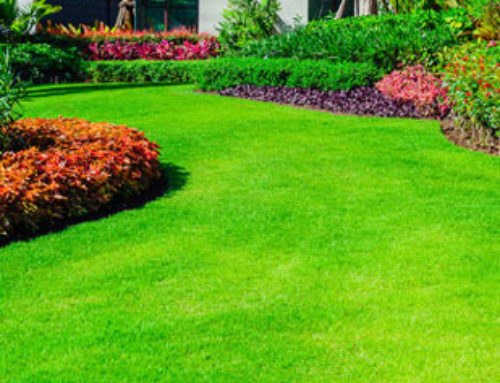Incorporating Native Plants Into Your Landscape
With the amount of urbanization that has occurred over the past century, along with it has gone the natural habitats for native plants and animal species. Felice Landscaping can help you design a garden consisting of native New York plants that will help restore lost habitats for these species and also come with the benefit of less maintenance for you.
 What are Native Plants?
What are Native Plants?
In the US, native plants are those that thrived before the arrival of European settlers. Native plants create a balanced ecosystem for animals, birds, and humans alike. Creating this balance helps increase the native species populations of birds, bees, and butterflies, which, in turn, helps reduce the number of insects that want to consume our plants. The state of New York is home to dozens of beautiful native plants that will thrive in any garden. A full list can be found from the Department of Environmental Conservation.
What Are the Benefits of Native Plants?
- Native Plants Require Fewer Fertilizers and Pesticides
Lawns, while aesthetically pleasing, aren’t the most natural landscape for yards. Over 70 million pounds of pesticides are applied to lawns nationally each year. This means that each time we sit walk across a lawn with our kids and pets, we are coming into contact with all those pesticides. Further, pesticide and fertilizer runoff flows to and contaminates waterways like the Hudson River. This affects our drinking water and causes algae growth that depletes oxygen in the water, harms aquatic species, and hinders recreational use. - Soil and Water Conservation
The amount of water required to keep lawns lush and green consumes about 30% of all water consumption on the East Coast. Native plants have adapted to local environmental conditions and grown deeper root systems that require less water. Native plants know how to combat problems like flooding and erosion that come with non-native species. Their deep root systems prolong moisture retention in the soil, which prevents erosion, requires less watering, and also prevents stormwater from entering the waterways. The foliage and flowers allow for rainwater to drip slowly, rather than flood the soil. - Wildlife Habitat Restoration
Native plants attract important pollinators like bees and butterflies who are directly responsible for 30% to 40% of the food that we consume. Without them, our food system would crash. Moreover, native plants attract beneficial insects, many of which are endangered, and native birds eat the bad insects and seeds from the plants. - Less Maintenance
Because native plants have long adapted to local weather and ecosystems, they are more resistant to disease, drought, and pests, without the need for pesticides. Less fertilizer is required, if at all. Native plants tend to spread across the ground quickly which keeps away weeds and therefore demands less time in the garden weeding. The only real maintenance required is to thing and prune fast-growing plants once or twice per year. - Contribute to Cleaner Air
Native plants require little maintenance, compared to lawns that must be mowed regularly. All of those lawnmowers consume gallons of gasoline and contribute to 5% of the national air emissions annually. Long-living trees are great additions to any landscape with space because they store carbon dioxide. - Save Money
Aside from the expenses, you’ll save from reduced watering, lawn mowing, and regular pesticide and fertilizer applications, native plants help save in costs as a result of damage caused by flooding and erosion.
If you have any questions about native plants and how they might fit into your property, contact Felice Landscaping today



